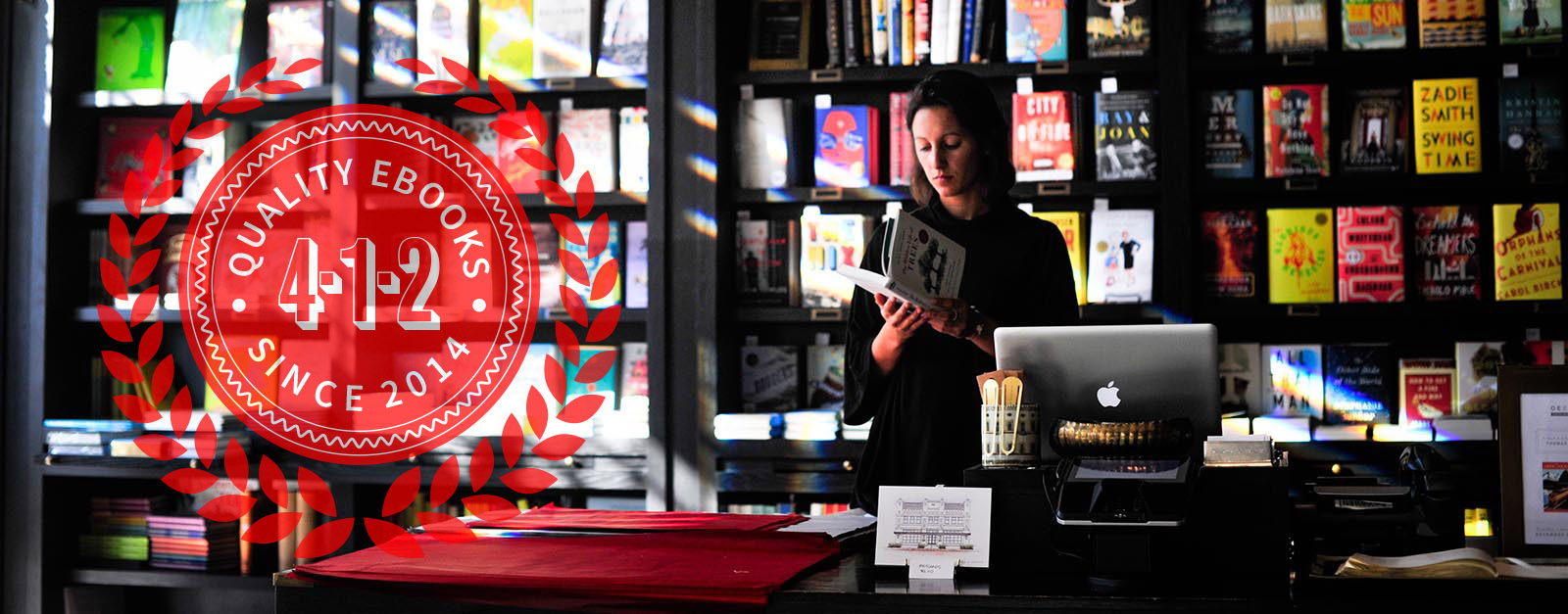About
4·1·2 Books publishes the work of Print & Digital Editing students at Miami University. When teaching the course, I ask students to write individual essays or chapters for use in a student produced book or edited collection. If we have 23 students, then we have 23 chapters. I place the students into small groups (usually three to five students per group) and distribute the chapters. The students are asked to take those individually-written chapters and turn them into a cohesive book. To do that, they will complete a broad array of editing activity: copyediting, developmental editing, project management, securing permissions, writing introductions & connective text, applying a cohesive style, collaborating with the other writers and editors in the room, and so on.
The assignment is built around my belief that each student should have two distinct experiences during the semester: to edit and to be edited. Across those experiences, I hope, they can understand the broad contours of editing work and the importance of the writer/editor relationship, which should ultimately serve the reader.
If the students are happy with their work and grant me permission to distribute the book (they usually are and do), I send all of the student-produced books to former students who then judge the books and pick a winner. The winning book is published on this site.
I think this kind of opt-in publicness is important: it sets tangible stakes for the project, and it allows the students to imagine a possible reader beyond the walls of the classroom. It also allows the students to decline participation if they’re not comfortable. Of course, they usually are, and their work is always worth celebrating. The books here are the products of exciting in-class work sessions, of late nights in library study rooms, and of endless deliberation about style and theme and organization. The students have the final say in each facet of the book. They are the editors, and they make the calls.
Most importantly, these books show the work of students who are learning the moves of editoral labor and who deeply care about the written word.
It has been a joy to teach each and every one of them.
